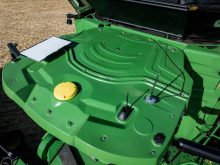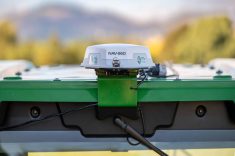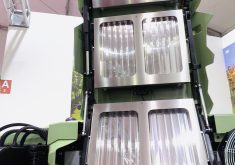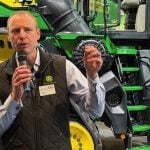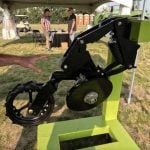Improvements in autonomy and artificial intelligence (AI), as well as persistent adoption barriers, characterized much of the ag-tech sector in 2021.
During a Nov. 10 Canada’s Outdoor Farm Show event, Glacier FarmMedia technology reporters Scott Garvey, Robin Booker and Ron Lyseng described the areas where developers are succeeding, where they’re falling short, and how new technology can reach more Canadian farms.
Why it matters: Wider adoption of autonomous and AI-based farm equipment rests in part on the development of better algorithms, addressing reliability and maintenance concerns and navigating liability risks.
Read Also
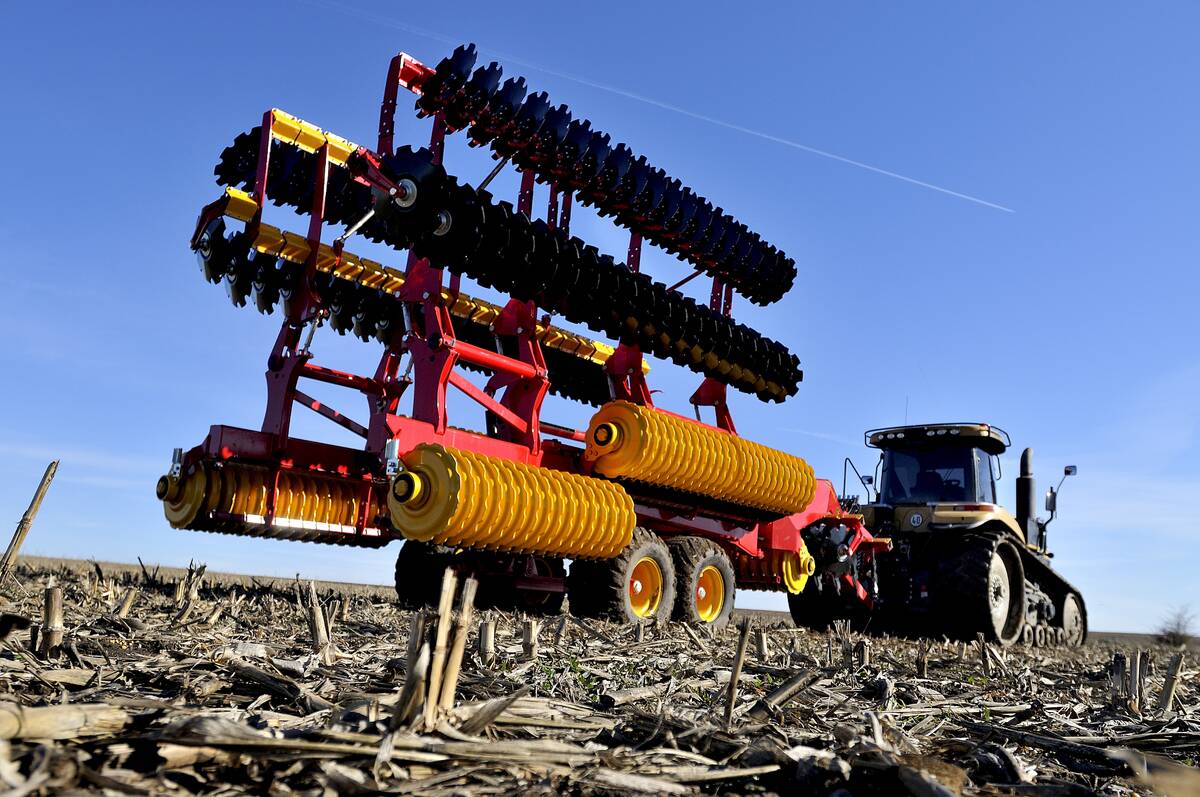
Evolution of European equipment manufacturers runs deep
A look at how Lemken and Väderstad have evolved from their traditional offerings of tillage equipment to include planting and seeding equipment in their lineups.
The reporters described technologies that address shortages in labour and experience, as well as the need for more precise in-field management, as dominant themes in tech development. Smart technologies based on more precise algorithms and sensors were among the most significant advancements this year.

Garvey says it is challenging for companies to develop AI systems capable of making the right decisions in both emergency situations and during standard operation but manufacturers continue to refine their systems. Combines offer a good example of where AI is being effectively used to monitor grain quality and make on-the-go adjustments to optimize operations.
Continued refinement of AI systems is occurring in real-time.
“There’s no cut-off. AI in a combine, for instance, it continues to become more intelligent every time its in the field,” says Lyseng. He adds the combination of better sensors with better algorithms to interpret and learn from data is the “biggest breakthrough since zero-till.”
Advances have also occurred in “green-on-green” application technology – the capability to spot-apply products such as herbicides in-season. Booker believes public perception, environmental regulations, herbicide resistance issues and other factors continue to drive these technologies and the potential for adoption.

Autonomy has reached the early stages of commercialization. Garvey says companies either have or soon will have products field-ready and in dealerships. John Deere, for example, is expected to launch autonomous implements within one year thanks to its acquisition of California-based start-up Bear Flag Robotics. Others like Raven are already selling autonomous machinery.
From Booker and Garvey’s perspectives, larger companies have been somewhat late to the autonomy game when compared to independent start-ups but they are catching up.
“Buying start-ups. It’s common now and it’s probably going to be the major corporate strategy for bringing these products onboard,” says Garvey.
However, liability for equipment companies remains a barrier to early release of otherwise field-ready autonomous equipment. Farmer hesitancy is also strong amid concerns about durability and reliability.

“They can’t have equipment sitting for days while it’s waiting to be unlocked,” Lyseng says. “Manufacturers have to take a very careful look at that if they expect widespread autonomy.”
Autonomous and AI-based machinery have the potential to both alleviate and exacerbate equipment costs. Booker says growers might, for example, find it cheaper to access autonomous services through local ag-service providers rather than purchasing items outright.
Farmers may also find it cheaper to pay someone to maintain robots rather than operate machinery themselves.
Field breakdowns are another issue and Lyseng reiterates that “autonomy doesn’t improve the situation” in such cases.
As development continues, the panelists believe digital platforms that “don’t play well with each other” do not have a future. Technologies that work across platforms, with what farmers already have, and that match their unique farm needs will produce a diverse mix of next-generation equipment.








